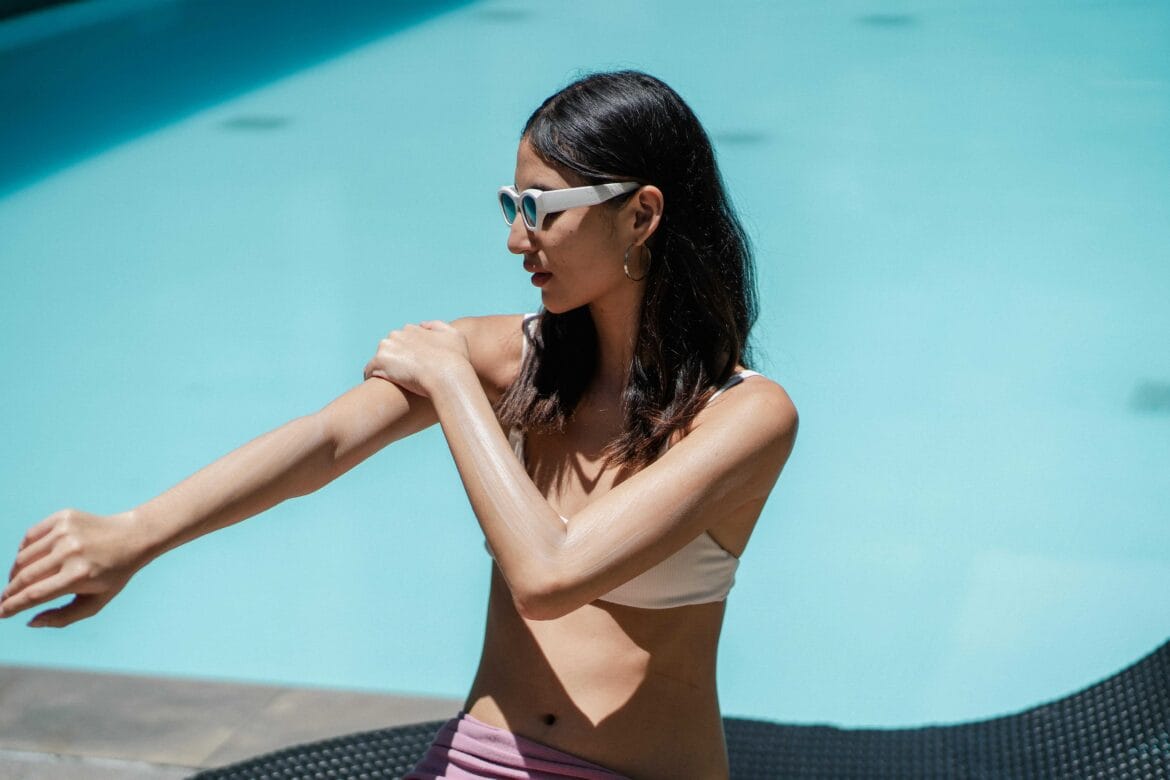Japanese sunscreen are changing the game in japanese skin care and sun care. Good textures, high SPF, and added skincare benefits, they’re perfect for all skin types.
Did you know that sun damage is responsible for up to 90% of visible skin aging? Protecting your skin from harmful UV rays is mandatory for all of us.
Whether you have oily skin, sensitive skin, or need a sunscreen that works under makeup, there’s a Japanese formula for you.
– High Protection: SPF 50+ and PA++++ defend against UVA and UVB rays.
– Tailored for All Skin Types: Gels for oily skin, creams for dry skin, and more.
– Skincare Benefits: Hydrating, brightening, and protecting in one step.
– Lightweight and Non-Greasy: Comfortable for everyday wear.
– Convenient Formats: Sprays, sticks, or creams to fit your routine.
– Water-Resistant: Long-lasting protection for outdoor activities.
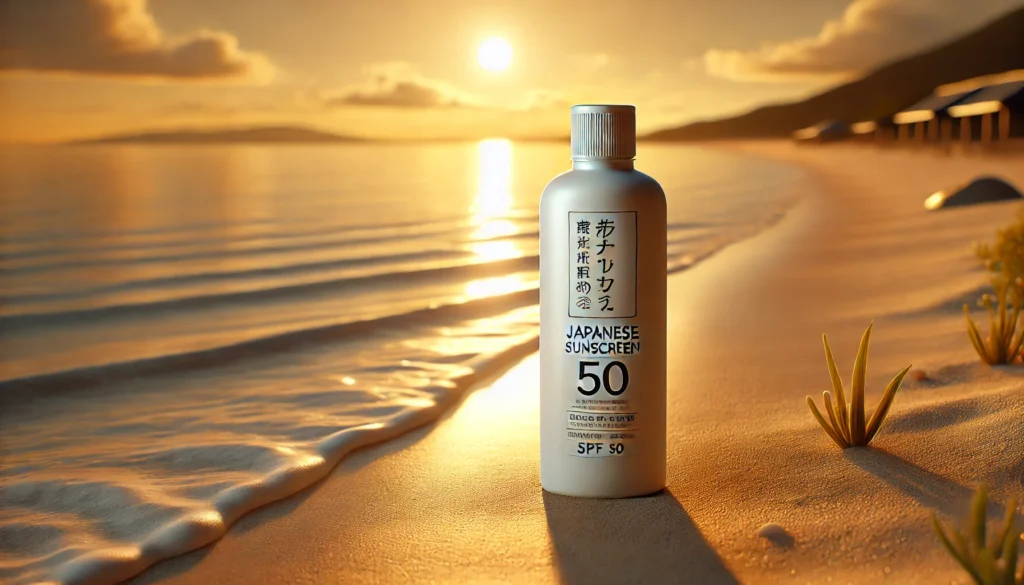
1. Why Choose Japanese Sunscreen?
Japanese sunscreens are amazing because they’re simple, effective, and feel great on your skin. Here’s why we love them:
- Lightweight and Non-Greasy: Perfect for daily use, they feel more like sunscreen skincare than traditional sunscreen.
- High UV Protection: SPF 50+ protects from UVB rays, and PA++++ blocks UVA rays that cause aging and deeper damage.
- Works for All Skin Types: Gels for oily skin, creams for dry skin, and mild milk options for sensitive skin.
- Skincare Benefits: Hydrating ingredients like hyaluronic acid and antioxidants brighten and protect your skin.
- Advanced Formulas: Japanese sunscreens, like Biore UV Aqua Rich and Skin Aqua, use innovative UV filters and are trusted worldwide.
Also, understanding SPF and PA is key. SPF 50+ means longer protection from UVB rays (the burny ones), and PA++++ handles UVA rays (the aging ones). For daily use, we would go for SPF 30+ and PA+++. On the other hand, for outdoors go for SPF 50+ and PA++++ are your best friends. Simple, right?
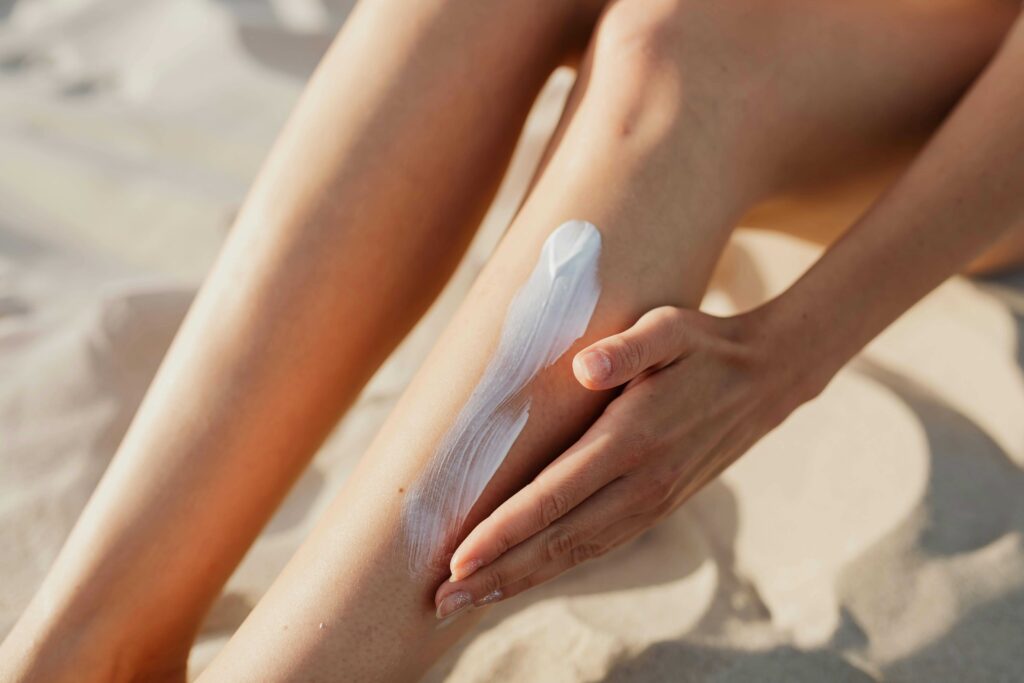
2. Types of Japanese Sunscreen
2.1 Japanese Gel Sunscreen: Lightweight Protection for Oily and Acne-Prone Skin
If you struggle with oily or acne-prone skin, japanese gel sunscreens are a lifesaver. They’re water-based, incredibly light, and leave a matte finish that’s perfect for humid days.
In our experience, they’re excellent for controlling shine and feel comfortable even during long outdoor activities. To summarize them:
- Lightweight and quick-absorbing
- Matte finish for shine control
2.2 Japanese Essence Sunscreen: Hydration and UV Defense for Daily Wear
Japanese essence sunscreens are a treat for your skin. They combine hydration with superior UV protection, making them perfect for daily use.
These sunscreens often have a watery, lightweight texture that feels refreshing. If you’re someone who wears makeup, they work beautifully as a base, keeping your skin moisturized and protected throughout the day.
They’re especially great for normal to dry skin types and anyone looking for a sunscreen that won’t feel heavy.
2.3 Japanese Cream Sunscreen: Intensive Moisture for Dry Skin
If your skin is on the dry side, japanese cream sunscreens are a must. They’re rich, nourishing, and packed with hydrating ingredients like ceramides and hyaluronic acid.
These sunscreens feel like a moisturizer and sunscreen rolled into one, giving your skin the moisture it craves while shielding it from UV damage. We find these are particularly helpful during colder months or in dry climates where extra hydration is key.
- Provides deep hydration
- Great for colder weather
2.4 Japanese Milk Sunscreen: Balanced Protection for Combination Skin
Japanese Milk sunscreens strike a good balance for combination skins. They’re lightweight yet hydrating, ensuring oily areas stay matte while dry spots remain moisturized.
Their texture makes them super easy to apply, and they’re ideal for summer or any time you need something light and breathable.
2.5 Japanese Spray Sunscreen: On-the-Go Convenience
Japanese spray sunscreens are quick to apply, mess-free, and perfect for reapplication throughout the day. Whether you’re touching up over makeup or protecting hard-to-reach areas like your back, sprays are incredibly handy.
Also important to take into account that they are great for kids who might not sit still long enough for traditional sunscreens.
- Ideal for reapplication during busy days
- Perfect for backs, shoulders, and active lifestyles
With vast options for gel, essence, cream, milk, and spray formulas, there’s a Japanese sunscreen for you. We really think so.
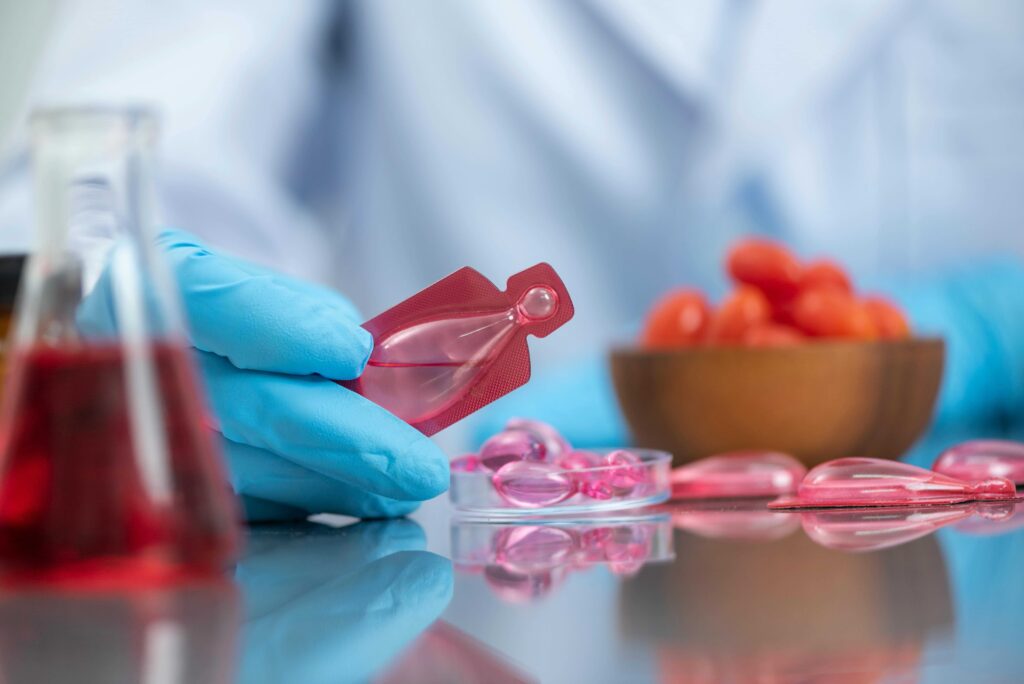
3. Key Ingredients in Japanese Sunscreens
3.1 Zinc Oxide and Titanium Dioxide: Mineral-Based Protection
These mineral filters sit on your skin’s surface instead of being absorbed, making them perfect for sensitive or reactive skin. They block both UVA (aging rays) and UVB (burning rays) for full protection.
What’s great? These ingredients provide a natural, broad-spectrum barrier without clogging pores. If you’re looking for a physical sunscreen that’s safe, reliable, and kind to your skin, these are the ones.
3.2 Hydrating Ingredients: Hyaluronic Acid and Antioxidants
Hyaluronic acid makes your skin plump and smooth all day. Antioxidants, like green tea extract and vitamin C, are another bonus—they fight environmental stress and help prevent premature aging.
You’re not just protecting your skin but nourishing it too. Who doesn’t want that?
3.3 Alcohol in Sunscreen: Benefits and Alternatives
On one hand, it makes sunscreens lightweight, quick-drying, and perfect for oily or humid days. On the other hand, it might be too drying for sensitive or dry skin types.
If alcohol-based formulas feel fine on your skin, they’re amazing. But if you prefer something gentler, look for alcohol-free sunscreens—they offer the same great protection without the potential irritation.
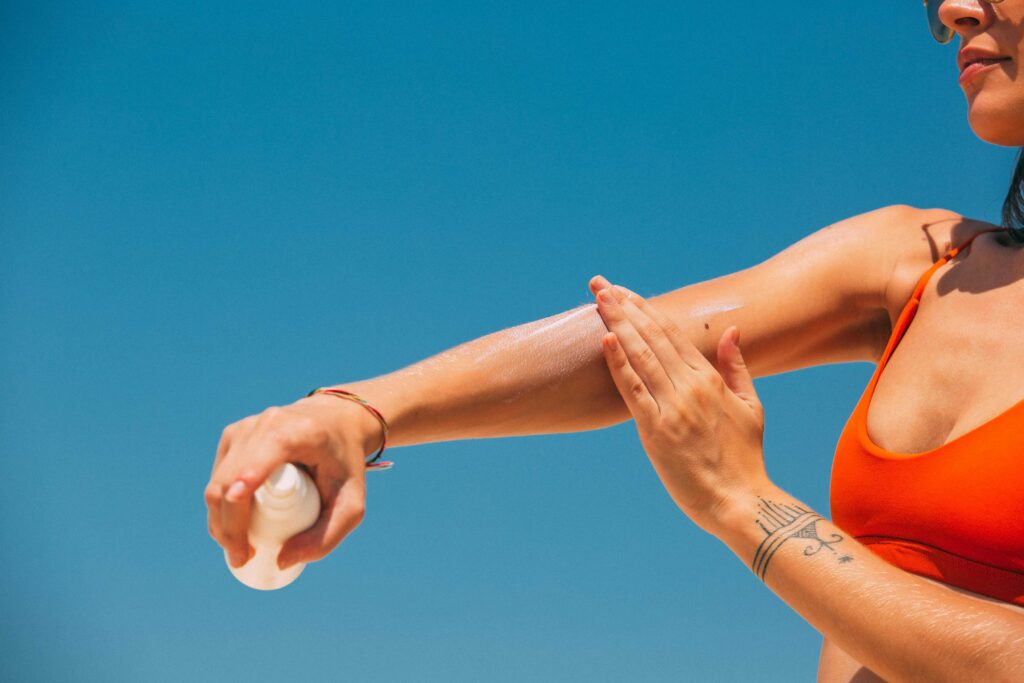
4. How to Apply Japanese Sunscreen for Optimal Results
| Step | What to Do |
|---|---|
| 1. Apply Generously | Use a nickel-sized amount for your face. Cover all areas, including ears, hairline, and the back of your hands. |
| 2. Timing is Key | Apply sunscreen 15-20 minutes before going outside to let it absorb properly. |
| 3. Layer with Makeup | Apply sunscreen after moisturizer and before makeup. Let it dry for a few minutes before applying foundation. |
| 4. Reapply Often | Reapply every 2 hours, especially after swimming, sweating, or wiping your face. |
| 5. Use Convenient Tools | For quick touch-ups, use a spray, stick, or powder sunscreen during the day. |
Using Japanese sunscreen properly ensures maximum protection. Always keep a bottle in your bag for easy reapplication! Always reapply, please!
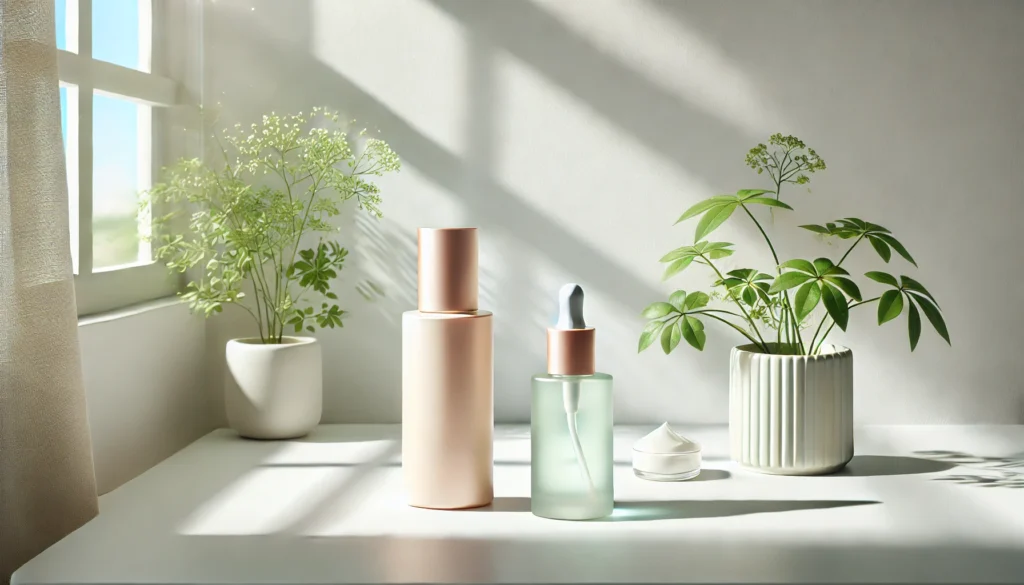
5. Conclusion
Every morning, sunscreen is the first thing we reach for—it’s like brushing our teeth, something we don’t skip. In our house, we’ve turned it into a routine that feels almost like a mini japanese skin care ritual.
I remember a time I forgot to use sunscreen on a weekend hike—it only took that one sunburn to learn my lesson. Now, it’s non-negotiable. It’s become part of our self-care, not just protection.
If there’s one thing we’ve learned, it’s that sunscreen is the simplest way to keep your skin looking and feeling great, no matter your age or where you’re headed. It’s not just about avoiding sunburn—it’s about feeling confident, knowing your skin is cared for. And honestly, once you make it a habit, you’ll wonder how you ever went without it.
FAQ
Why is Japanese sunscreen better?
Japanese sunscreens are known for their advanced formulations, lightweight textures, and additional skincare benefits like hydration and anti-aging, making them ideal for daily use.
Are Japanese sunscreens better than U.S. sunscreens?
From our experience, Japanese sunscreens often feel lighter, leave less white cast, and include innovative UV filters not commonly found in U.S. sunscreens, making them a top choice for many.
Are Japanese sunscreens chemical or mineral?
Japanese sunscreens are available in both chemical and mineral formulations, catering to various skin types and preferences. Look for products with zinc oxide or titanium dioxide if you prefer mineral options.
How long does Japanese sunscreen last?
Most Japanese sunscreens provide full protection for up to two hours before reapplication is necessary, especially during outdoor activities or after sweating.
Are Japanese sunscreens reef safe?
Many Japanese sunscreens, such as those labeled with reef-safe certifications, avoid harmful ingredients like oxybenzone and octinoxate, making them safe for marine environments.
Table of Contents
